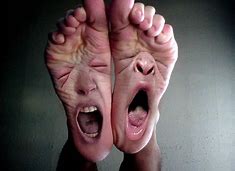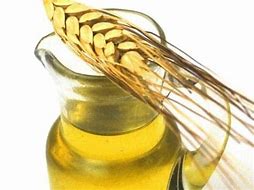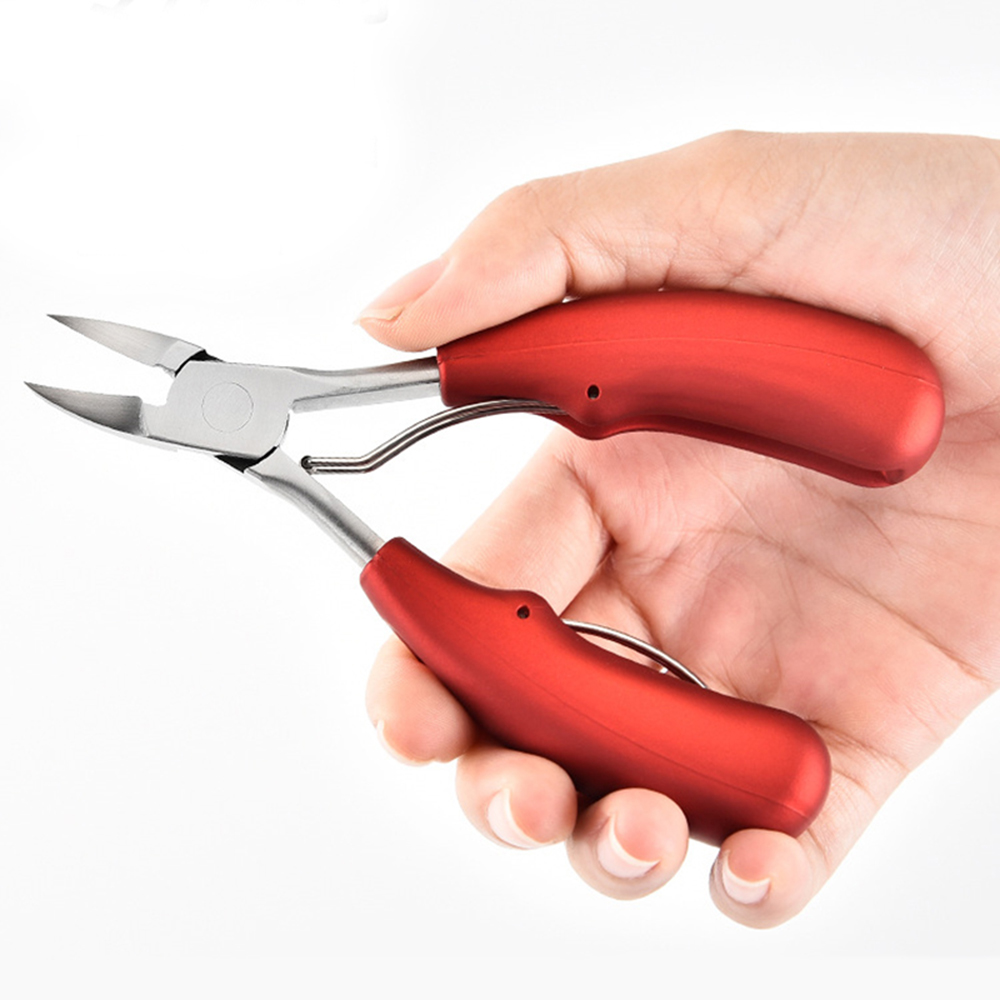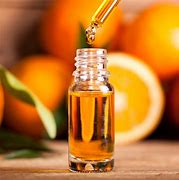Calluses and Corns - 2





Calluses and Corns - 2
Cracking Skin
Very large, thick calluses can occasionally develop on the feet. They are most commonly found around the heel or under the big toe joint. Occasionally they become so thick and dry that the skin cannot stretch when weight is placed on the foot. When this happens, the skin cracks open, resulting in bleeding and painful fissures that are vulnerable to infection and difficult to heal. See a doctor if you have fissured skin that is painful or bleeding, especially if you have poor circulation, diabetes, or a history of poor healing.
If the fissured skin is not painful or bleeding, you can treat yourself by following these daily steps:
Wash the skin with warm soap and water.
Use a pumice stone to gently reduce the thick callus over time.
Apply an exfoliating cream
For persistent or severe cracks, treating twice a day may be necessary. For the most stubborn cases, apply the lotion and then cover the cracked skin with a plastic wrap or a commercially available moisturizing neoprene wrap. Sleeping with the wrap in place for two to three consecutive nights can work wonders. Some over-the-counter "skin glue" products have recently become available. They are applied to the cracked skin, helping seal out infection and promote healing. Any crack that has not healed within one week of self-treatment should be seen by a doctor.
Pressure Ulcers
if untreated, corns and calluses-and sometimes blisters-can become open sores, or ulcers. If the pressure that caused the callus persists, eventuallly the skin and soft tisue beneath the callus can break down, resulting in an open sore. These sores are often referred to as pressure ulcers. They can masquerade as painful (or sometimes painless) red calluses. Pressure ulcers on the feet are a concern because the pressure decreases blood flow. Walking or wearing shoes can prolong the healing process.
Like calluses, ulcers occur in area where the skin is subjected to excessive pressure or friction. This is why most mpressure ulcers are found on the bottom of the forefoot. People with diabetes, poor circulation, and numbness in the feet are especially vulnerable to pressure ulcers. Poor hygiene, poor nutrition, and poorly fitting shoes can also be contributing factors. But sometimes even wearing slippers or going barefoot around the house can lead to pressure ulcers.
The absence of pain is not always a good sign. a significant complicating factor of many pressure ulcers is the inability to feel the pain they cause. Sufferers may not even be aware that an ulcer is forming on their feet. Those with a " high pain threshold" or decreased sensation should visually inspect their feet daily.
Seed Corns (porokeratosis)
Some calluses can develop a hard center much like a seed or a small stone in the skin. This type of callus is known as a seed corn or, more formally, porokeratosis. Seed corns are especially painful and difficult to treat, and they can be easily mistaken for plantar warts. It is best to have these calluses evaluated and treated by a podiatrist.
Three Steps To callus Care
The safest and surest self-care for calluses involves the three following steps:
2. Reduce the Thickness of Callus
Regular, gentle use of a pumice stone is safer than shaving the callus with sharp cutting tools. rubbing the callus with a pumice stone for one minute after bathing three to four times a week is an effective way for most people to reduce the thickness of a callus.
Reference: Great Feet For Life: Paul Langer, DPM
Articles - Latest
- A yoga teacher says this five-minute stretch is all you need to maintain flexibility in your spine
- Can't do a deep squat? Use this coach's four-step plan
- 6 Reasons Your Feet Are So Itchy
- Surprising Benefits of Using Bay Leaves on Your Feet
- I run 50 miles a week and this is my go-to 20-minute yoga-for-runners workout to boost my flexibility
- How to do hanging leg raises with perfect form, according to trainers
- The two exercises everyone should add to their strength workouts to see results, according to an expert trainer
- 1 year of heavy strength training could offer 4 years of benefits, study suggests
- Research Has Unveiled How Many Sets You Need to Do to Build Muscle
- I did 50 frog crunches every day for a week — here's what happened to my abs
- 10 physio-approved exercises for runners that will help you build strength and mobility
- Forget sit-ups — this 3-move standing ab workout chisels your abs and obliques
- What to do when plantar fasciitis is so bad you can't walk
- Five exercises better than side bends to sculpt strong obliques
- Forget Russian Twists — this 10-minute stability ball workout targets your abs and glutes
- Professor explains how we are all doing one exercise wrong and it is causing us pain
- Supplies, Description, and Usage - Tech Nails-2
- Supplies, Description, and Usage - Tech Nails
- Exercises for Plantar Fasciitis
- Shoes, insoles and splints: Cushioning and support - Plantar fasciitis
- 10 best bum workouts and 25 bum exercises for a 🍑'ier butt
- The dos and don’ts of running when you’re over 40
- This 30-minute workout can be done from just about anywhere
- I teach stretching routines for a living — 3 exercises that strengthen your hips and open your hamstrings
- Somatic exercise has gone viral promising to lower cortisol levels, ease stress, and boost health - so, does it actually work?
Articles-Popular
- Home
- Calluses and Corns-4-Padding and Insoles To relieve Pressure
- Add Muscle, Build Stamina and Fire up Your Metabolism with Our Three-Move Strongman Circuit
- The two exercises everyone should add to their strength workouts to see results, according to an expert trainer
- Appreciate Your Feet
- Contacts
- Therapy Price List- Aromatherapy - Counselling
- WEB - LINKS
- The Awareness of Foot Care
- Nail Technician Resume
- Join us as a Therapist
- Blisters on the Feet
- Skin Care-Feet
- Galleries
- TCM - Therapy Prices
- Podiatry/Chiropody Price List
- Bacterial Infections
- Nail Technician Job Description
- Itching Skin on the Feet
- Athlete's Foot
- Sweaty or Smelly Feet
- Gallery - Pedicured Feet
- Appointments
- Skin Changes Associated with Blood Flow
- Calluses and Corns - 2





